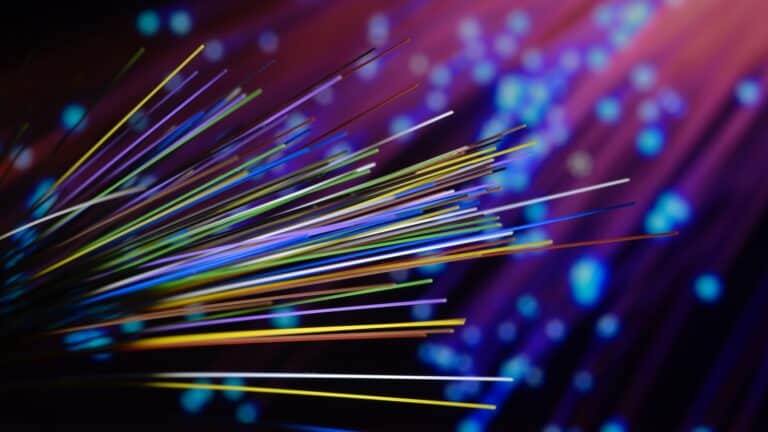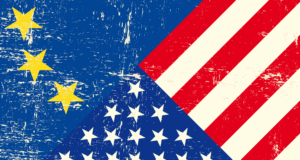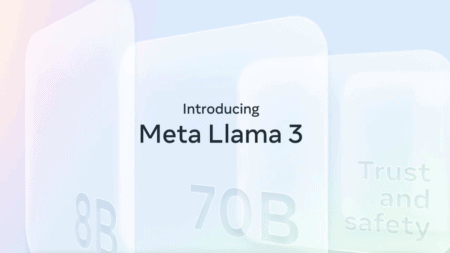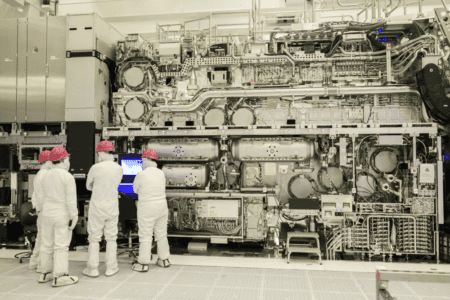Many tech giants, it appears, are betting big on subsea cables. Facebook is the latest of the tech giants to commission the building of an ultra-high-performance fiber-optic cable connecting the US and Europe.
The social media company contracted NEC to install its cable, which will join the 1.2 million kilometers of undersea cables installed right now. The length of cables undersea is enough to circle the globe 30 times.
According to NEC, international data traffic making its way across the Atlantic will expand by 20 times from this year to 2035.
Anticipating growth and profits
The kind of growth predicted by NEC would make this route one of the highest growth routes for data traffic. More than 90% of international communications happen via optical cables.
For that reason, tech giants like Google and Facebook are investing in undersea cables to secure their communications networks. That is why they account for four-fifths of investments at the moment in transatlantic connections.
Because of their interest, it is not outlandish to assume that there are big profits to be reaped when you are a subsea provider with the ability to reduce the cost per bit of all the data. That is where NEC comes in.
NEC’s task
The Japanese company is confident that its new cable’s half petabit-per-second capacity is the highest to date for a long-distance repeatered optical subsea cable system. The cable will have 24 fiber pair cables and repeaters, compared to the maximum of 16 in previous cables.
Sections of the US-Europe Cable project will use a new aluminum conductor system instead of copper, making the cable cheaper to install.
It is expected to offer 200 times the capacity of the transatlantic cables of the 2000s and will be connected to the 2Africa cable system that connects Africa, Asia, and Europe.


















